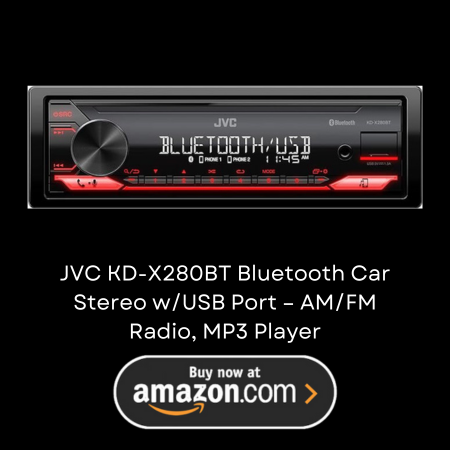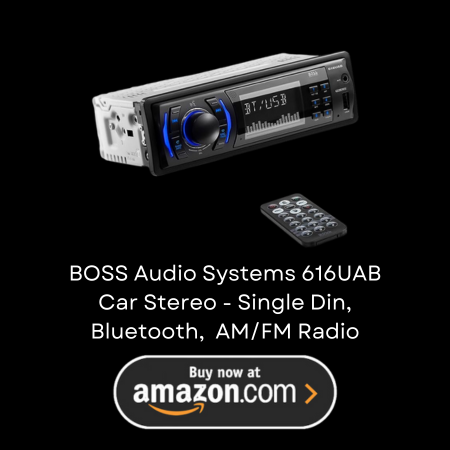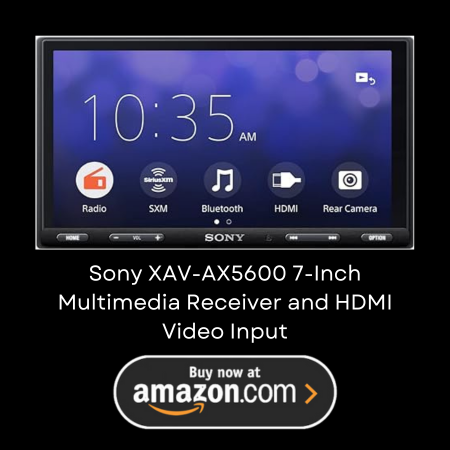The journey of car audio systems is a fascinating story of innovation, technological advancement, and the ever-changing ways we experience music and sound in our vehicles. From the earliest days of motoring, when the concept of in-car entertainment was a distant dream, to today’s sophisticated systems that rival home audio setups, car audio has come a long way. Let’s explore the milestones and transformations that have shaped the car audio landscape over the years.
The Early Days: 1930s-1950s
The history of car audio begins in the 1930s when the first car radios were introduced. These were basic AM radio units that marked the inception of in-car entertainment. The Motorola model 5T71, released in 1930, is often credited as the first commercially successful car radio. In these early days, the idea of listening to music in a car was a novelty, offering drivers and passengers a glimpse of the future of in-car entertainment.
The Golden Age of Car Radios: 1960s-1970s
The 1960s and 1970s are considered the golden age of car radios. This era saw the introduction of FM radio, eight-track tape players, and eventually, cassette players. The quality of sound and the convenience of use saw significant improvements. The addition of FM radio expanded the variety of content available to listeners, from music to news and live broadcasts, enhancing the driving experience significantly.
The Rise of the Compact Disc: 1980s-1990s
The 1980s marked the beginning of the compact disc (CD) era. The first car CD player was introduced in 1984, providing unprecedented sound quality and convenience. CDs offered a cleaner, crisper sound compared to tapes and were easier to handle, making them an instant hit among audiophiles and casual listeners alike. During this period, car audio systems became more sophisticated, with manufacturers starting to pay more attention to speaker placement, sound quality, and user interface design.
Digital Revolution and Connectivity: 2000s-Present
The turn of the millennium brought a digital revolution to car audio systems. With the rise of MP3 players and smartphones, car audio systems began to incorporate auxiliary inputs, USB ports, and Bluetooth connectivity. This era also saw the introduction of satellite and internet radio, offering listeners an endless variety of content.
Today’s car audio systems are more advanced than ever, featuring touchscreen interfaces, voice control, and integration with smartphone apps. High-end vehicles come equipped with premium sound systems developed by leading audio brands, offering an immersive listening experience with multi-channel surround sound, noise-canceling technology, and custom-tailored acoustics.
The Future of Car Audio
The future of car audio looks promising, with innovations like spatial audio and immersive soundscapes set to redefine the in-car listening experience. As autonomous vehicles become more prevalent, the focus on car audio is expected to shift from a purely listening experience to an interactive, multi-sensory journey. The integration of virtual reality (VR) and augmented reality (AR) with car audio systems could transform the cabin into a dynamic entertainment hub, blurring the lines between reality and digital enhancement.
The evolution of car audio is a testament to human ingenuity and our desire to enrich the driving experience with music and sound. From the humble beginnings of the AM radio to the sophisticated digital systems of today, car audio has continuously evolved to meet the changing needs and preferences of drivers and passengers. As technology advances, the journey of car audio is far from over, with future innovations set to deliver even more captivating and immersive sound experiences on the road.




